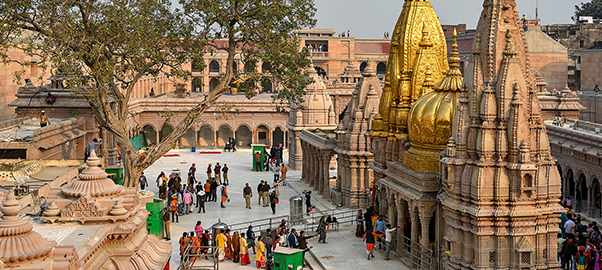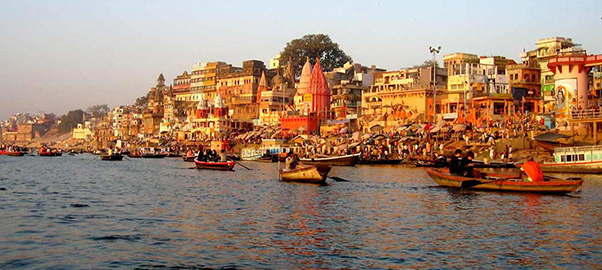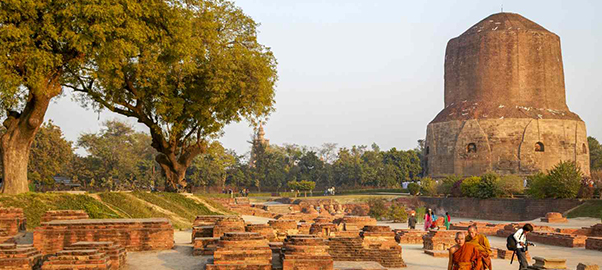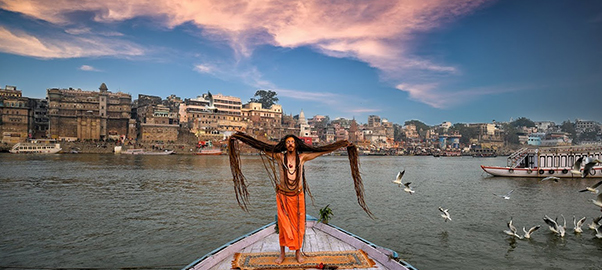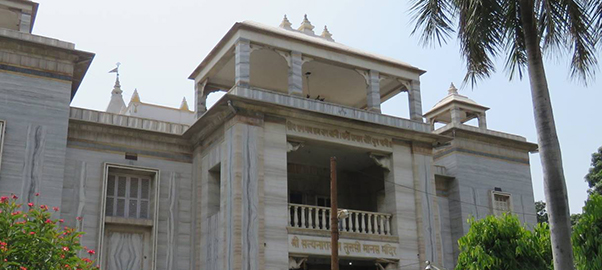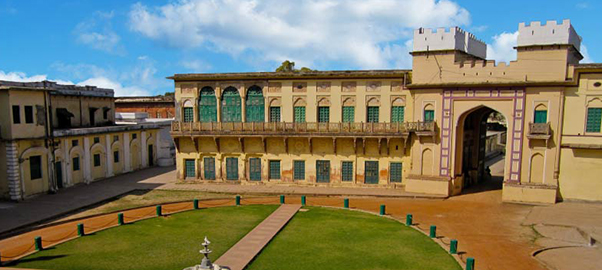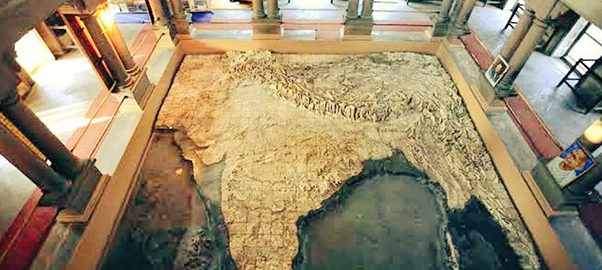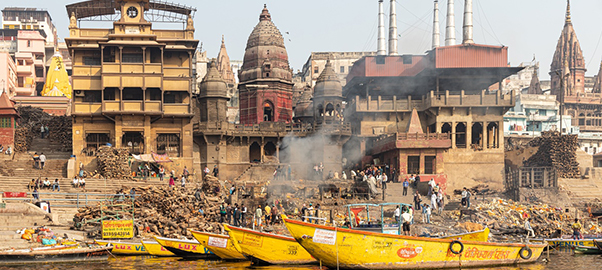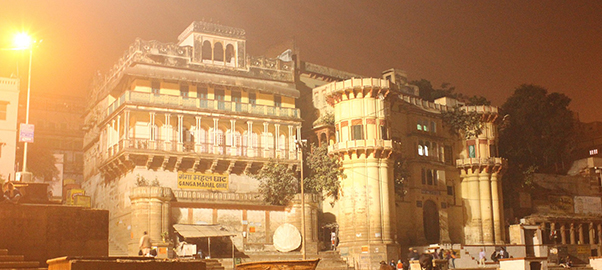A Word About the Founder of Varanasi
The Mythical Origins and Historical Evolution Varanasi’s origins are steeped in myth and legend, with roots that extend deep into ancient history. According to Hindu mythology, the city was founded by Lord Shiva himself. It is believed that Varanasi was his abode and that he established the city on the banks of the Ganges River, making it a sacred site for Hindus.
Historically, Varanasi's documented history dates back over 3,000 years. The city is mentioned in ancient texts such as the Rigveda, where it is described as an important cultural and religious center. By the time of the Buddha (6th century BCE), Varanasi had already established itself as a significant urban and spiritual hub.
Varanasi has been a center of learning, religion, and trade for millennia. It has witnessed the rise and fall of empires, from the ancient kingdom of Kashi to the Maurya and Gupta empires, and later the Mughals and the British Raj. Despite the passage of time, Varanasi has retained its sacred character and continues to be a focal point for spiritual seekers and scholars.
